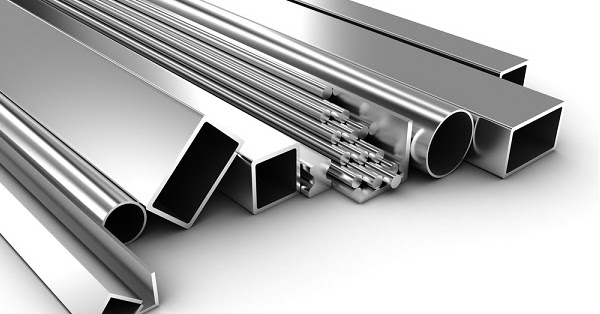What is Duplex?
Duplex and Super Duplex Grades of Stainless Steel deal remarkable rust resistance when 316 grade simply isn't enough.
Duplex Stainless-steel Fasteners (SAF 2205 or UNS S31803) or Super Duplex Stainless Steel Fasteners (SAF 2507 or UNS S32750) are grades of Stainless-steel often needed in the fight against deterioration when 316 grade just isn't enough, such as being continuously submerged in salt-water. A crucial feature of Duplex stainless steel is that its pitting and crevice deterioration resistance is considerably exceptional to that of 304 or 316 grade Stainless-steel.

This combined with high mechanical strength and ductility makes it an exceptional material for many applications. Typically 316 Grade Stainless Steel is referred to as 'Marine grade' - and yes while it is often utilized and ideal for marine environments such as attachments on a yacht's deck, it is by no indicates the most robust alloy for high chloride environments (E.g. salt-water). Where fastener strength and integrity is critical, such as for bolts in a Yacht's Keel, a Duplex or Super Duplex Fastener is required. Likewise where a Stainless Fastener is immersed in salt-water, Duplex would be the minimum requirement. Duplex and Super Duplex Fasteners are not typically 'off the shelf' and equipped by stainless fastener suppliers. They are made to order and making sure the source is focused on Duplex fastener manufacture with a high degree of Quality assurance is vital.
Duplex Manufacturing innovations
Duplex fastenersare preferably made with created heads and rolled threads, with the heating in the creating process carefully temperature managed.
Duplex fasteners can be CNC machined from round or hex bar - but ideally they would be made with forged heads and rolled threads. Threads must be rolled rather than machined to make sure smoother, more powerful threads are gotten as compared to machined/CNC threads - this increases the thread's yield strength, surface finish, solidity, and use resistance. When Hot Creating the fastener head, temperature level control is important. When heating Duplex you should avoid prolonged time in the vital temperature zone as this motivates undesirable Nitrides and Carbides to form. It is important that digital control equipment is utilized to rapidly warm through this temperature level zone and instantly get rid of from the heat source when the temperature level is optimum for creating. Any Duplex item should then undergo laser marking to ensure traceability of the fastener through the supply chain. Test Certificates need to also constantly be obtained.
Duplex Applications - where would you use Super Duplex over Duplex?
Applications which can benefit from using these duplex steels involve piping https://en.search.wordpress.com/?src=organic&q=steel systems, pumps (where the good erosion and abrasion resistance is used), valves, heat exchangers, Keel Bolts, utilized with products submerged in salt-water and other devices.
Duplex has exceptional general deterioration resistance; remarkable to grade 316 in many environments, consisting of resistance to inter-granular, pitting and crevice deterioration. Super Duplex has even greater pitting resistance. In summary - 316 is good, Duplex is excellent and Extremely Duplex is well - 'SUPER'! One of the most typical approaches to specify resistance to pitting rust is the PRE http://www.bullionpipe.com/our-product/alloy-steel-products/alloy-steel-plates-alloy-steel-sheets/ worth, Pitting Resistance Equivalent. The PRE can be determined from the composition as: PRE = %Cr + 3.3 %Mo + 16 %N Clearly grades high in the alloying aspects Chromium and specifically Molybdenum and nitrogen are more resistant.